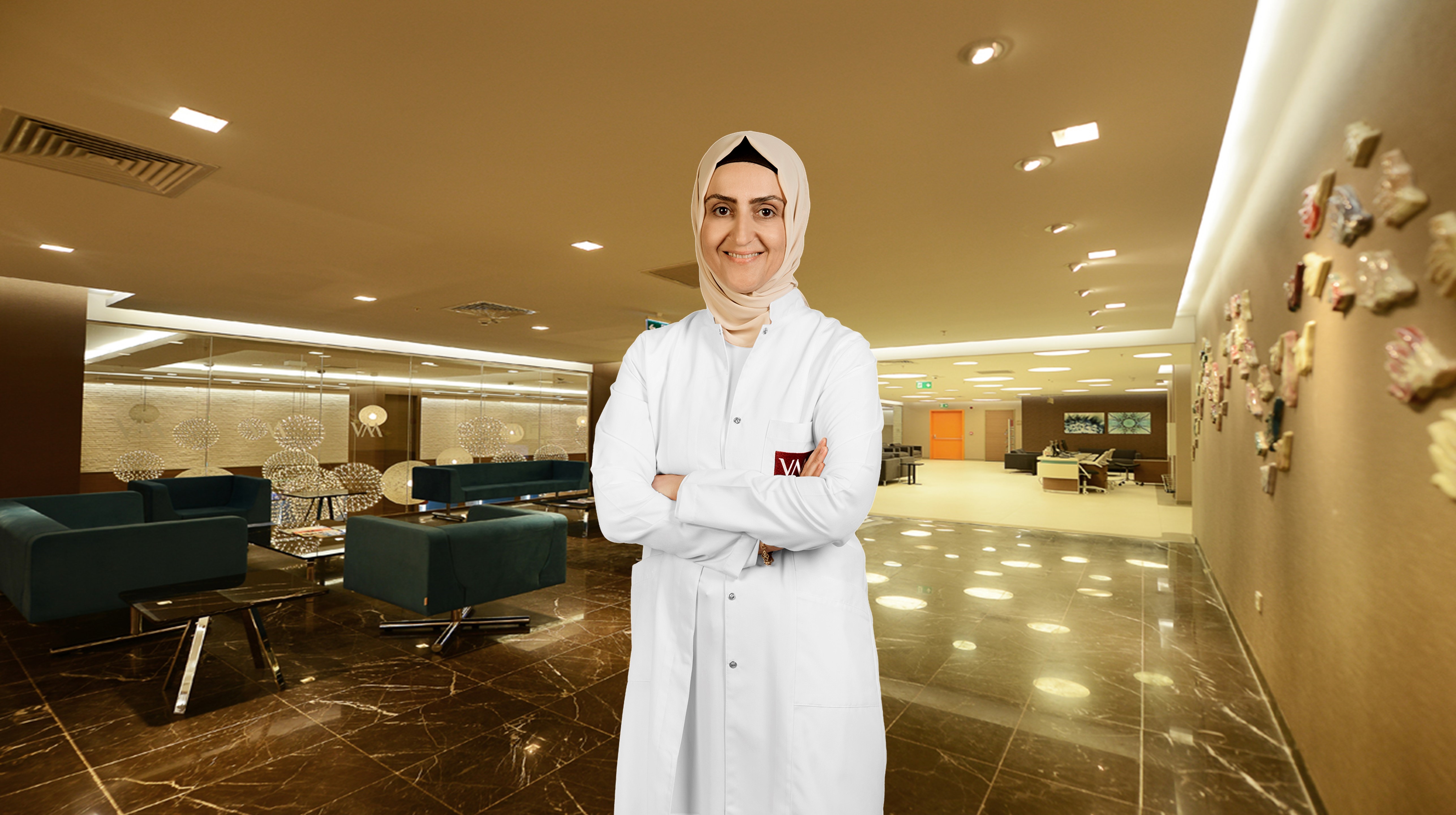
Stating that lipoedema is a genetic disease seen in women, Physical Therapy and Rehabilitation Specialist Assoc. Dr. Mehtap Bozkurt said, “Lipoedema is a disease characterized by discomfort, pain and disproportionate thickness in the legs, buttocks and sometimes arms due to abnormal accumulation of subcutaneous fat tissue. It usually becomes apparent at the onset of puberty and during childbearing years. This condition is often confused with other diagnoses because it is not fully understood.”
VM Medical Park Kocaeli Hospital Physical Therapy and Rehabilitation Specialist Assoc. Dr. Mehtap Bozkurt made explanations about lipoedema disease. Defining lipoedema, Assoc. Dr. Bozkurt said, “Lipoedema is a disease characterized by discomfort, pain and disproportionate thickness in the legs, hips and sometimes arms due to abnormal accumulation of subcutaneous fat tissue. It usually becomes apparent at the onset of puberty and during childbearing years. This condition is often confused with other diagnoses because it is not fully understood. It is often misdiagnosed as lymphedema and treatment is planned,” he said.
“It causes leg thickening”
Stating that lipedema is a genetic disease seen in women, Bozkurt said, “Generally, mothers and sisters have the same phenotype (appearance). Lipedema has been reported in approximately 11-18 percent of women in Western countries. However, until recently, the diagnosis of lipoedema has been missed due to low awareness among the public and healthcare professionals. It is usually considered as lymphedema or obesity or patients are told that there is no treatment. Patients who are not guided correctly enter a vicious circle. Leg thickness increases body weight and restricts the person's movements, which causes them to gain weight. As they gain weight, lipedema increases, but the patient will see that the legs do not get thinner even if they lose weight. They start to have difficulties in choosing clothes. This situation causes psychological problems in the person. The patient does not want to enter social environments and social withdrawal occurs.”
“It is confused with obesity”
Stating that although lipoedema is often confused with obesity, it is actually two different conditions, Assoc. Prof. Dr. Bozkurt said, “Unlike obesity, in lipoedema, while the upper part of the body is normal, there is excessive fat below the waist. The feet are thin, edematous and swollen or not fatty, thin. They have a disproportionate body image.”
“Preventing complications is our first goal in treatment”
Explaining the treatment methods, Bozkurt continued his words as follows:
“Since scientific studies on the etiology of lipedema are ongoing, etiologic factors are not yet fully known. Therefore, a targeted curative treatment is not yet available. However, stopping the clinical progression of lipedema, improving the physical and psychological status, and preventing complications are our first goals in treatment. Conservative and surgical methods are available in the treatment of lipedema. The patient is evaluated by the physical therapy doctor, the treatment method is selected according to the stage of the disease and personalized treatment is planned. Treatment options such as weight control, exercise, diet, psychotherapy, complete decongestive therapy (CDT), pneumatic compression devices, liposuction are available. In most cases, patient-specific combinations should be planned with a multidisciplinary approach. Lipedema treatment is performed by a team led by a physical therapy and rehabilitation specialist, including a physiotherapist, dietician and psychologist.”
“Exercise is very important”
Stating that exercise, weight loss and reducing inflammation in adipose tissue are very important in terms of increasing psychological well-being, Assoc. Prof. Dr. Bozkurt said, “It is very valuable to plan and correct exercise by a professional trained in lipedema, to ensure its continuity and to get successful results from treatment. Pumping exercises, swimming, pilates, yoga, yoga, cycling have been reported as the most suitable sports for lipedema. High intensity exercises are not recommended as they may increase the patient's pain. CBT and pneumatic compression devices are the primary treatment options, especially in conditions accompanied by edema such as phlebolipedema and lympholipedema. CBT consists of manual lymphatic drainage (MLD), lipoedema-specific bandaging technique using short tension bandages, skin care and exercise component. Afterwards, the physician continues with compression garments specially selected for the patient according to the clinical stage of the patient. In early stage lipedema patients, lipedema tights are used so that the feet are exposed. Patients are also recommended to do their exercises with these tights.”
İHA Haber Kodu: 20241108AW324805